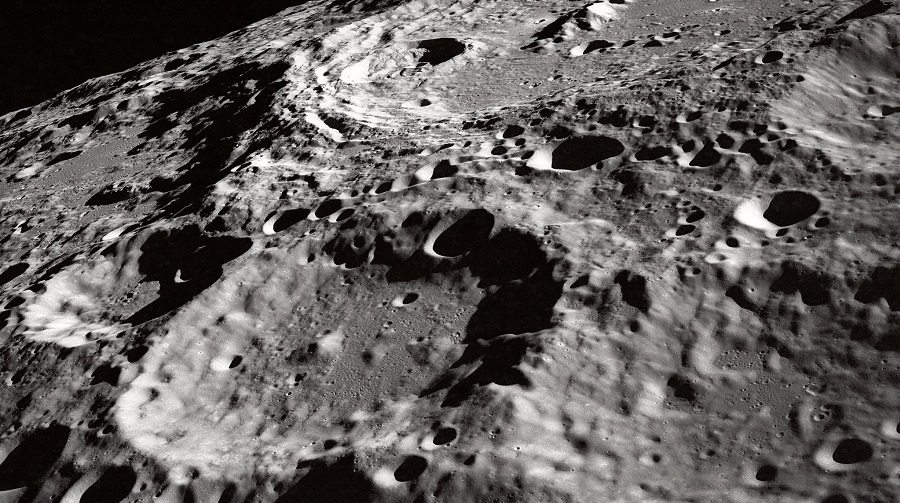
Researchers from Canada’s Dalhousie University and Carleton University, together with colleagues from the Geophysical Laboratory in Washington were able to draw parallels between mineral deposits found on Earth and the moon.
In a study published in Nature Geoscience, the experts suggest that a repository of precious metals may be locked deep below the moon’s surface.
In order to find out anything about the interior of the moon, researchers have to reverse engineer the composition of the lavas that come onto the surface
“We have been able to link the sulfur content of lunar volcanic rocks to the presence of iron sulfide deep inside the moon,” said James Brenan, the study’s lead author, in a media statement. “Examination of mineral deposits on Earth suggests that iron sulfide is a great place to store precious metals, like platinum and palladium.”
Brenan and his team ran a series of experiments to recreate the extreme pressure and temperature of the lunar interior to determine how much iron sulfide would form.
Then, they measured the composition of the resulting rock and iron sulfide and confirmed that precious metals would be bound up by the iron sulfide, making them unavailable to the magmas that flowed out onto the lunar surface when the satellite was formed moon was formed 4.5 billion years ago.
According to Brenan, there was likely not enough iron sulfide to form an ore deposit but certainly enough to explain its (low) presence in the lunar lavas.
In summary, the scientists’ results show that sulfur in lunar volcanic rocks is a fingerprint for the presence of iron sulfide in the rocky interior of the moon, which is where precious metals were left behind when the lavas were created.
Now, they will require samples from the deep, rocky part of the moon where the lunar lavas originated in order to confirm their findings.
2 Comments
Balter
There is no material outside Earth’s gravity well precious enough to justify mining it. The exception would be for local manufacturing and construction because then the expense of lift-off works in favour of finding materials outside of Earth’s gravity well.
Pranjal awasthi
I recommend that leave moon aside of all your mining stuff cause we only have one and thanks to major mining activities in earth it is nearly unstable causing several earthquakes so don’t think about mining on moon.
Unless you wanna die fast from meteor shower ?